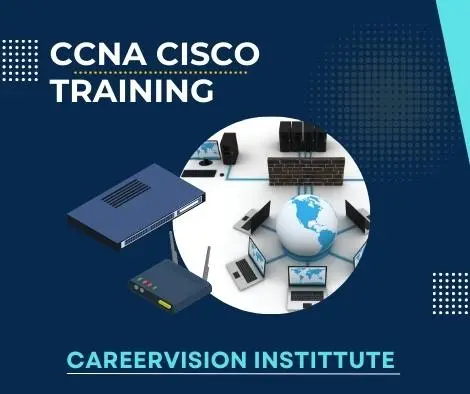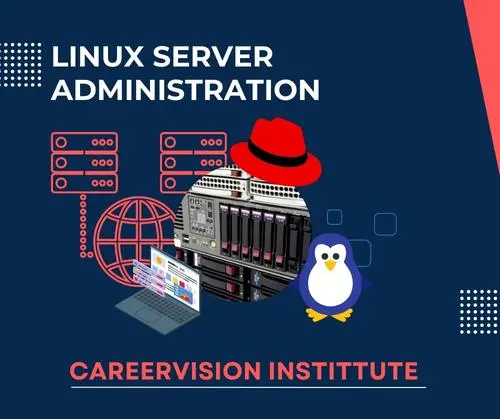Micrsoft Server Administration
-
Trainer
Fayaz Awan
-
Category
Server Administration

Course Overview
Careervision Institute has designed a practical Microsoft Server Administration lab course which will not only skilled you to work on Microsoft Windows Server but also prepare you for attempting Microsoft Certified Solutions Associate – MCSA certification exam. This is a skilled oriented course will covers all the knowledge to install and configure servers through practical labs sessions and you will learn professional skills needed to hit the ground running, and differentiates you as better able to setup Windows Server based environment for an organization. This certification validates a set of primary Windows Server skills that are relevant across multiple solution areas through configuring different services for clients on network.
Why should you become a MCSA?As a Microsoft Certified Solutions Associate, you will cultivate industry-supported skills and credentials that you will be able to transfer to future employment opportunities. With your MCSA certification, you will be able to demonstrate and promote the fact that you have the necessary skills to do your job effectively and you are certified by Microsoft Corporation the leader in Enterprise Operating Systems.
|
Installing, upgrading, and migrating servers and workloads
|
|
Configuring local storage
|
|
Implementing enterprise storage solutions
|
|
Implementing Storage Spaces and Data Deduplication
|
Installing and configuring Hyper-V and virtual machines
|
Deploying and managing Windows and Hyper-V containers
|
Overview of high availability and disaster recovery
|
Implementing failover clustering
|
Implementing failover clustering with Windows Server 2016 Hyper-V
|
Implementing Network Load Balancing
|
Creating and managing deployment images
|
Creating and managing deployment images
|
Managing, monitoring, and maintaining virtual machine installations
|
Planning and implementing an IPv4 network
|
Implementing DHCP
|
|
Implementing IPv6
|
Implementing DNS
|
Implementing and managing IPAM
|
Implementing DirectAccess
|
Implementing VPNs
|
Implementing networking for branch offices
|
Configuring advanced networking features
|
Implementing Software Defined Networking Overview of SDN.
|
Installing and configuring domain controllers
|
Managing objects in AD DS
|
Advanced AD DS infrastructure management
|
Implementing and administering AD DS sites and replication
|
Implementing Group Policy
|
Managing user settings with Group Policy
|
Securing Active Directory Domain Services
|
Deploying and managing AD CS
|
Deploying and managing certificates
|
Implementing and administering AD FS
|
Implementing and administering AD RMS
|
Implementing AD DS synchronization with Microsoft Azure AD
|
Monitoring, managing, and recovering AD DS
|
Mr. Fayaz Ahmed is an experienced Server Administrator having 10 years of working experience on Microsoft Serevers. Whereas, he configured & installed many Microsoft based server solutions in islamabd Rawalpindi for different orgizations. He got good experience of working with Server and Network administration in Microsoft & Linux servers.
Course Features
- Duration : 03 Months
- Leactures : 32
- Quizzes : 04
- Batch : 08






